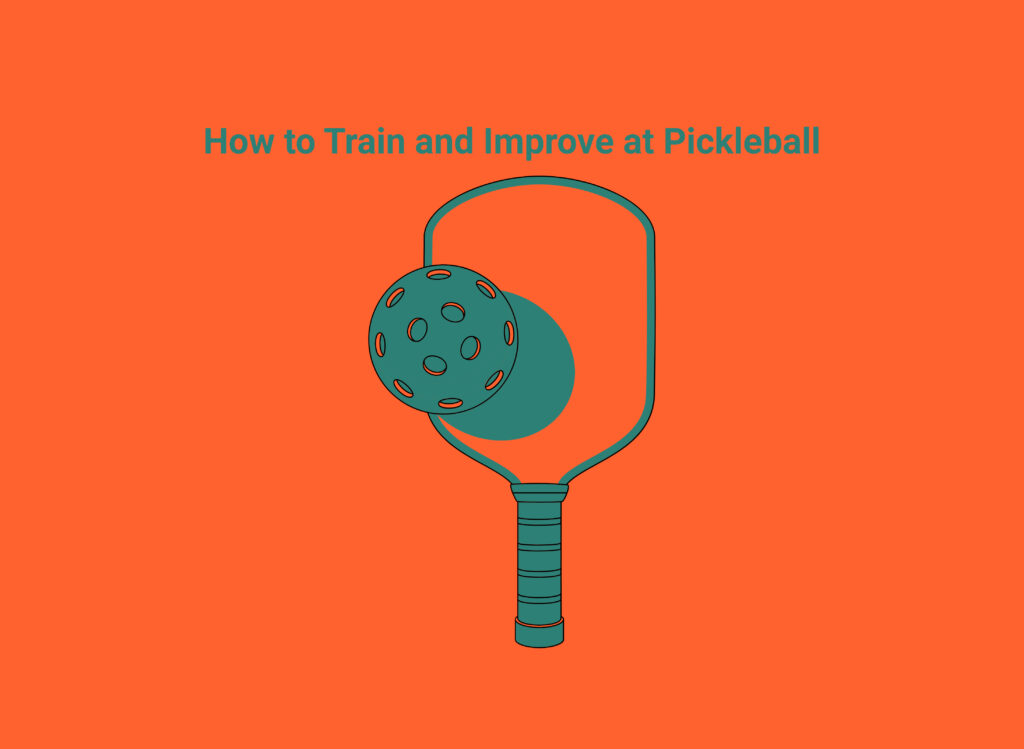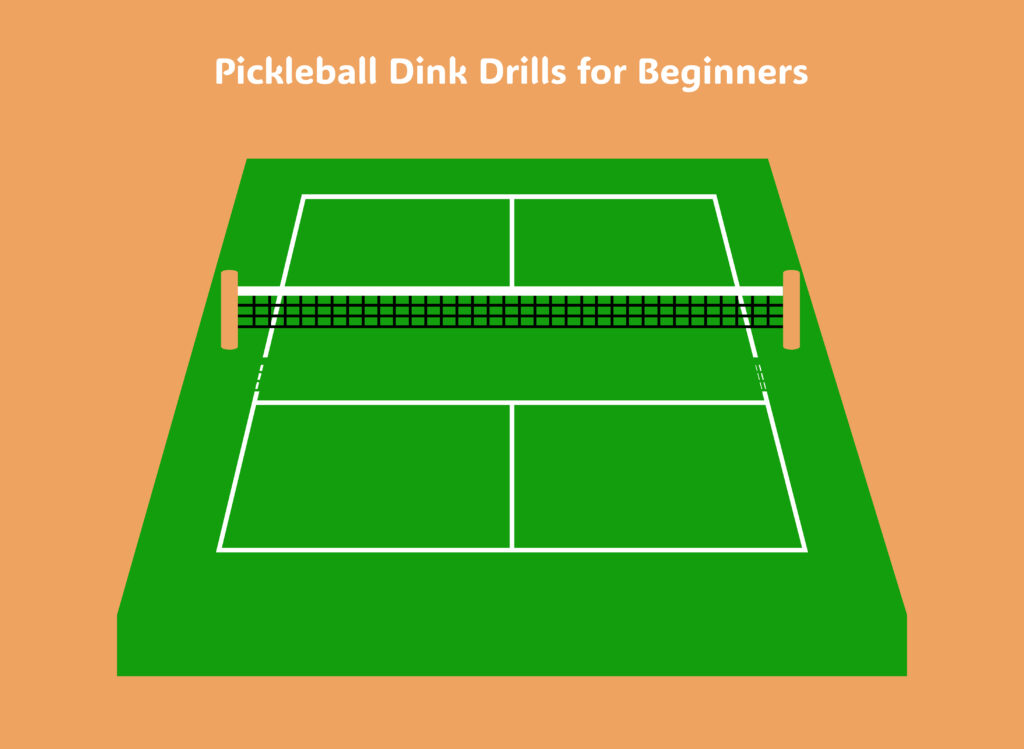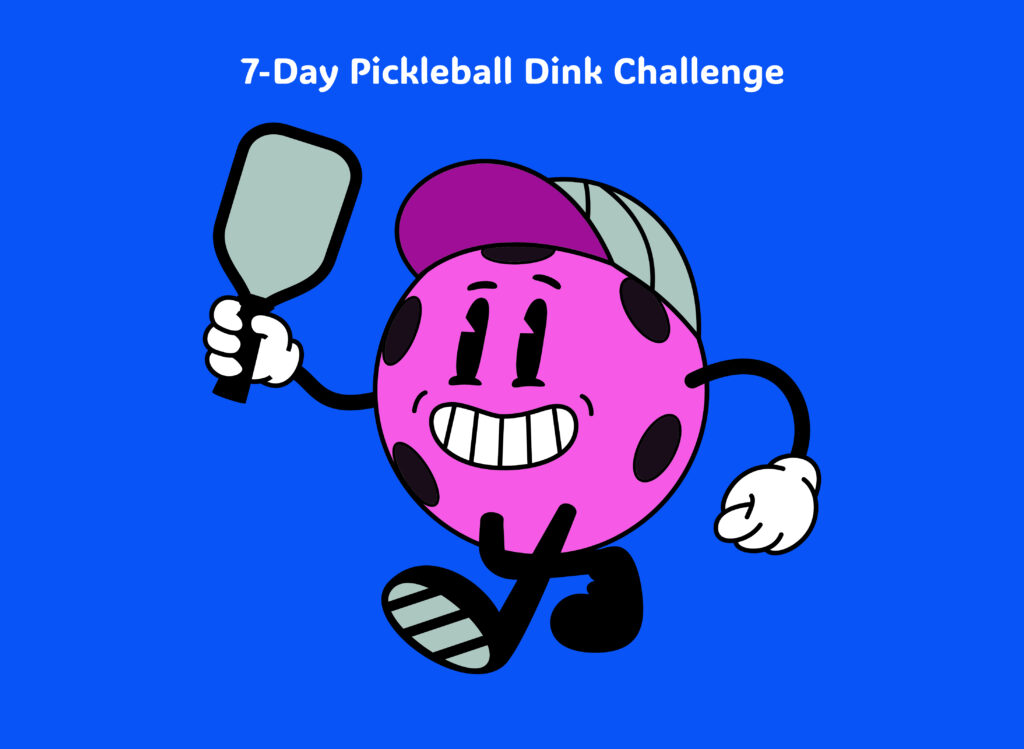- Training as a Beginner: Building Foundations with Purpose
- Intermediate Training: Refining Skills and Learning Tactics
- Advanced Improvement: Training for Competitive Play
- Supplemental Training: Off-Court Work That Improves On-Court Results
- Final Thoughts: Training Smarter, Not Just Harder
Improve at pickleball with intentional training, smart practice, and understanding how to level up at each stage of your development. In the UK, where the sport is growing fast and clubs are becoming more structured, players are increasingly looking for ways to go beyond casual rallies and build real skill. Whether you’re just starting out or competing in local leagues, how you train determines how far you’ll go.
The key to consistent improvement is structured practice that includes technical drills, game play, physical conditioning, and tactical thinking. At every level—from absolute beginner to seasoned intermediate—you can target specific skills that will transform your performance on court. And you don’t need elite facilities or personal coaches to make progress. What you need is consistency, discipline, and a plan.
Training as a Beginner: Building Foundations with Purpose
When you’re new to pickleball, everything feels exciting—and a little chaotic. That’s normal. The focus at this stage should be on getting comfortable with the rules, basic strokes, footwork, and court positioning. Too many new players skip ahead, trying to smash winners, when they haven’t mastered the fundamentals. In the UK, clubs now run regular beginner clinics and open play sessions, perfect for learning the ropes in a supportive environment.
Focus areas for beginners:
✔ Serve and return – Practice placing the serve deep and the return cross-court.
✔ Dinking – Soft, controlled shots in the Kitchen are essential—learn patience early.
✔ Third shot drop – Start understanding this critical transitional shot.
✔ Footwork drills – Move to the Kitchen with balance and control after your serve.
✔ Shot consistency – Focus on hitting five shots in a row without errors before aiming for power or spin.
Training should be repetitive and forgiving. Use wall drills, mini court sessions, and partner feeding to engrain technique. Filming yourself can also help you spot habits and refine form. In UK settings, many leisure centres now offer dedicated coaching slots for beginners—use them!
🔥 Key takeaway: Beginners should train to build muscle memory, confidence, and control through high-repetition, low-pressure drills.
Intermediate Training: Refining Skills and Learning Tactics
Once you’re consistently winning casual games or playing in local UK club leagues, you’re likely in the intermediate stage. Now it’s time to refine your mechanics and develop matchplay strategy. Training at this level should involve situation-based drills, cooperative rallying, and competitive play that tests your decision-making.
Key training objectives:
✔ Third shot drop consistency – Focus on arc, depth, and softness under pressure.
✔ Volleys and resets – Train with a partner to simulate fast Kitchen exchanges.
✔ Serve variety – Add spin, placement, and power to keep opponents guessing.
✔ Split-step footwork – Learn to prepare for volleys with balance and quick reactions.
✔ Tactical awareness – Know when to dink, when to drive, and when to retreat.
At this level, your training should replicate match scenarios. Drills like “two-touch reset,” “kitchen-to-kitchen dinks,” and “lob and counter” are all used in intermediate training sessions. You should also start tracking performance—serve percentage, unforced errors, and shot placement—to identify areas needing work.
Clubs across the UK now offer intermediate coaching groups or structured ladders. Make the most of them. You’ll not only improve faster but get exposure to a variety of playing styles, which helps immensely when competing in open play or tournaments.
🔥 Key takeaway: Intermediate players must train tactically and technically—focusing on precision, footwork, and game awareness.
Advanced Improvement: Training for Competitive Play
At the advanced level, training shifts from learning skills to perfecting execution and applying pressure. Players in this category are often entering UK tournaments, playing in regional ladders, or coaching others. They know how to hit every shot—but training is about doing it consistently, deliberately, and with variation.
Advanced training goals:
✔ Deception and disguise – Practice using the same setup for different shots.
✔ Attack vs reset recognition – Learn when to counterattack and when to slow the game.
✔ Paddle control under pressure – Train fast-paced volley exchanges with minimal backswing.
✔ Fitness and agility drills – Quick lateral movements, split-step timing, and dynamic footwork matter more here.
✔ Mental toughness – Simulate high-stakes situations, play tiebreaker games, and practise through fatigue.
Advanced players should incorporate multi-ball feeding drills, play-on-error situations, and serve return practice under pressure. Filming competitive matches and analysing point construction helps expose patterns and missed opportunities. In the UK, higher-tier players often form drill pods or semi-private groups to work on high-level strategies and coordination.
Strength and conditioning should also become part of the routine. Even 15–20 minutes of agility ladder drills, band work, or mobility sessions per week can improve your explosiveness and prevent injury—crucial if you’re competing regularly.
🔥 Key takeaway: At advanced levels, training is about consistency under pressure, disguised execution, and tactical clarity.
Supplemental Training: Off-Court Work That Improves On-Court Results
Not all pickleball progress happens on the court. Off-court training is often the difference between plateauing and levelling up—especially as your schedule tightens or court time becomes limited. This is where strength, mobility, mental training, and video analysis come in.
Off-court strategies for all levels:
✔ Strength training – Focus on core stability, legs, and shoulders.
✔ Mobility and stretching – Keeps you agile and reduces injury risk, especially for older players.
✔ Visualisation – Mentally rehearsing serves, drops, and dinks sharpens focus.
✔ Pickleball videos – Watch pro matches, slow-motion technique breakdowns, and coaching content to learn smarter habits.
✔ Journalling progress – Tracking wins, losses, drills completed, and patterns noticed helps you train with intention.
In the UK, bad weather or court scarcity means you won’t always be able to play as often as you’d like. But this doesn’t mean progress stops. Practising wall dinks, serving in your garden, or doing ladder footwork in your living room are all ways to stay sharp year-round.
🔥 Key takeaway: Training doesn’t end at the court gate—off-court routines boost confidence, prevent injuries, and reinforce long-term growth.
Final Thoughts: Training Smarter, Not Just Harder
Whether you’re brand new or pushing for medals in the UK Pickleball Championships, improvement isn’t about playing more—it’s about practising better. Smart, focused, level-appropriate training builds not just skill, but the mindset and discipline to keep growing. Know where you are, be honest about what you need to work on, and train with purpose.
Key Takeaways:
✔ Beginners should train to build control and confidence, especially on the serve, return, and dink.
✔ Intermediate players must focus on shot consistency, tactical variation, and pressure scenarios.
✔ Advanced players thrive on disguise, precision, and mental conditioning.
✔ Off-court work matters—mobility, strength, and visualisation round out your training routine.
✔ In the UK, use your club network, drills, and structured play to improve with support.
👀 Enjoyed this read? Fancy levelling up your game even more? Keep reading Dink Quest for the best pickleball tips, drills, and news in the UK!
🎯 Check out these popular posts next:
📬 Subscribe to the Dink Quest newsletter to Stay in the Loop and be the first to get new blog posts, UK pickleball news, tips, player spotlights and exclusive offers
👉 Click here to subscribe now
Get discounts and exclusive offers for Paddles, clothing and accessories from our shop
We’ve got plenty more where that came from! Whether you’re working on your third shot drop, curious about dinking strategies, or just figuring out how to hold your paddle without it flying across the court we’ve got you covered.
👉 Keep reading, keep learning, and keep dinking smart. Let’s grow the game together, one dink at a time. 💚
See you on the court!
The Dinkquest Team UK 🏓



